What are Pedicabs
Pedicabs, also known as cycle rickshaws or trishaws, are a form of transport that combines the functionality of a bicycle with the carrying capacity of a small cart. These vehicles are designed for short-distance travel and are particularly popular in urban settings where they provide an eco-friendly alternative to motorized taxis. Pedicabs are commonly used for ferrying tourists around scenic areas, providing a unique and personal way to experience local attractions. They can also be found in densely populated cities across the world, offering an accessible means of transportation through crowded streets.
The design of a pedicab typically consists of a three-wheeled chassis with a seating area for passengers at the back and a pedal-powered mechanism at the front. Some pedicabs are equipped with electric motors to assist the driver, making it easier to navigate hills and longer distances without excessive physical strain. This electric assistance is powered by rechargeable batteries, making the pedicab a sustainable transport option.
Pedicabs offer multiple advantages: they produce no emissions, operate quietly, and can navigate narrow or pedestrianized streets where cars cannot go. They also provide employment opportunities for locals as drivers, often becoming cultural ambassadors who share knowledge about their city with passengers. The simple mechanics of pedicabs mean they require less maintenance than motor vehicles, making them a cost-effective option for both operators and customers.
Types of Pedicab
Pedicabs come in various configurations to suit different needs and preferences. Some common types include:
Passenger Pedicab: This is the classic pedicab design meant for carrying passengers. It typically features comfortable seating for one to three people and is used for city tours, taxi services within urban centers, or as a novel transport option at events.
Cargo Pedicab: These are designed with a focus on transporting goods and often feature a larger cargo space instead of seating for passengers. Businesses may use them for local deliveries, or they can serve as mobile vending carts in markets or at festivals.
Electric Pedicab: Equipped with an electric motor, these pedicabs make it easier for the driver to pedal, especially when carrying heavy loads or traveling up inclines. They're often favored in hilly cities or for operators who wish to offer a less strenuous ride experience.
Solar Pedicab: Some pedicabs come fitted with solar panels to power their electric assistance systems. This type maximizes the use of renewable energy and reduces reliance on traditional electricity charging methods.
Each type serves its unique function, whether it's providing leisurely rides for tourists or efficient transportation of goods in urban locales.
How to choose Pedicab
Selecting the right pedicab is crucial for businesses that rely on them for transportation services or goods delivery. Here are some considerations to keep in mind:
Capacity: Determine whether you need the pedicab primarily for passengers or cargo. Passenger models should prioritize comfort and safety features, while cargo models need ample space and sturdy construction.
Power Assistance: If your business operates in an area with varying terrain or you anticipate heavy usage, consider an electric or solar-assisted pedicab to reduce fatigue on drivers and accommodate longer routes.
Durability: The frame material can impact the longevity of the pedicab; steel frames are strong but heavier, while aluminum frames offer a lighter yet resilient alternative.
Braking System: A reliable braking system is vital for safety. Options like disc brakes provide better stopping power which is especially important in crowded city environments where quick stops might be necessary.
Customization: Depending on your business needs, you might want customized features like branding on the pedicab body or additional fittings specific to your service offerings.
By carefully evaluating these aspects, businesses can choose a pedicab that not only meets their operational requirements but also ensures reliability and efficiency in service delivery.
Best Pedicab on Alibaba.com
Alibaba.com stands out as an exceptional marketplace for sourcing pedicabs due to its extensive network of global suppliers offering various models suitable for different business needs. Whether you're looking for an electric model with cutting-edge features or a classic pedal-powered version for eco-friendly tours, Alibaba.com has an array of options to explore.
What sets Alibaba.com apart is its commitment to connecting buyers with trusted suppliers from around the world. With comprehensive product listings that provide detailed specs and customization options, buyers can find precisely what they need to enhance their business operations. Furthermore, Alibaba's Trade Assurance service gives buyers peace of mind by protecting their payments until delivery is confirmed.
Choosing Alibaba.com means accessing one of the world's most diverse marketplaces where quality meets convenience. With easy mobile buying options and support in multiple languages, it's never been simpler for businesses to source pedicabs that align with their vision and operational goals. Alibaba.com not only facilitates this search but does so while prioritizing secure transactions and customer satisfaction across its platform.
Common FAQs for Pedicab
What types of pedicabs are most suitable for passenger transport?
For businesses focusing on passenger transport, pedicabs designed with comfortable seating, safety features, and possibly an electric assist are most suitable to ensure a pleasant experience for riders.
How do electric pedicabs differ from traditional pedal-powered pedicabs?
Electric pedicabs are equipped with an electric motor that provides assistance to the driver, reducing the effort needed to pedal, especially with heavy loads or on inclines, thereby extending the range and operational efficiency.
What should be considered when choosing a pedicab for cargo delivery?
When choosing a pedicab for cargo delivery, consider the size and weight capacity of the cargo area, the durability of the frame material, and whether additional power assistance is needed for heavier loads or longer delivery routes.
Can pedicabs be customized to fit my business branding?
Yes, many suppliers offer customization support such as OEM, OBM, or ODM services that allow businesses to incorporate their branding and specific features into the pedicab design.
What is the typical range per charge for an electric pedicab?
The range per charge for an electric pedicab can vary widely but typically falls between 31 to 60 km, depending on factors like battery capacity, terrain, and weight of passengers or cargo.
How does the braking system affect the performance of a pedicab?
A reliable braking system is essential for the safety and control of a pedicab. Options like disc brakes or drum brakes provide varying levels of stopping power and responsiveness in different operating conditions.
Are there any regulations that need to be considered when operating pedicabs?
Regulations regarding the operation of pedicabs can vary by region and may include requirements such as permits, safety standards compliance, and designated areas for operation. It's important to check local laws before commencing a pedicab service.
What materials are commonly used in the construction of pedicabs?
Common materials used in the construction of pedicabs include steel, aluminum, carbon steel, and aluminum alloy. The choice of material affects the pedicab's weight, durability, and cost.
How do I determine which motor position is best for my pedicab?
The motor position can affect performance and handling. Rear hub motors are common for stability and traction, central motors can provide a balanced ride, and front hub motors are less common but can be found in some designs.
What types of batteries are used in electric pedicabs?
Electric pedicabs typically use lithium batteries or lead-acid batteries. Lithium batteries are lighter and have a longer lifespan while lead-acid batteries are more cost-effective but heavier and require more maintenance.
Is solar power a viable option for powering pedicabs?
Solar power can be a sustainable option for powering electric-assist systems on pedicabs. Solar panels can extend the range and reduce dependency on electrical charging stations.
What factors should be considered when selecting gears for a pedicab?
The selection of gears in a pedicab impacts the ease of riding and maneuverability. Consider factors like terrain, typical route lengths, and whether you will operate in hilly areas when selecting single speed or multi-speed options.
Why is it important to consider the battery position in an electric pedicab?
The battery position affects the center of gravity and can influence handling characteristics. A well-placed battery can ensure better stability and overall performance of the electric pedicab.



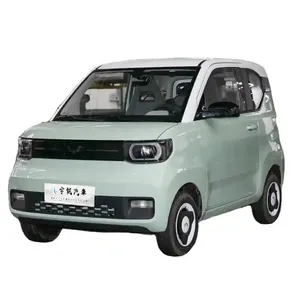







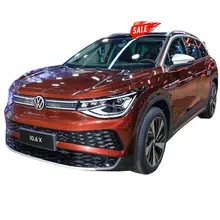

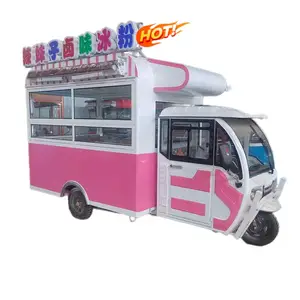



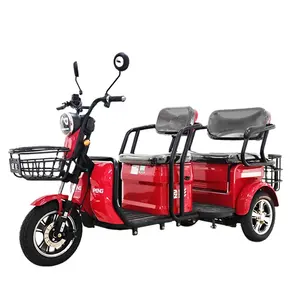
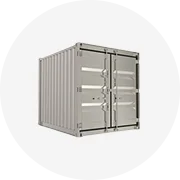
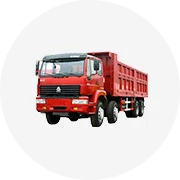
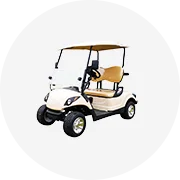
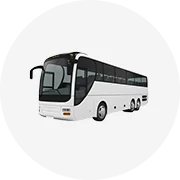

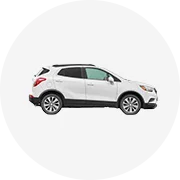



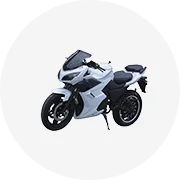
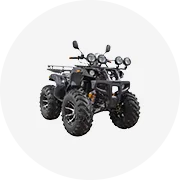

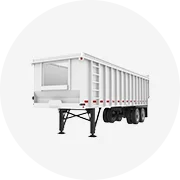
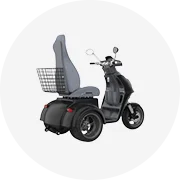








 浙公网安备 33010002000092号
浙公网安备 33010002000092号 浙B2-20120091-4
浙B2-20120091-4